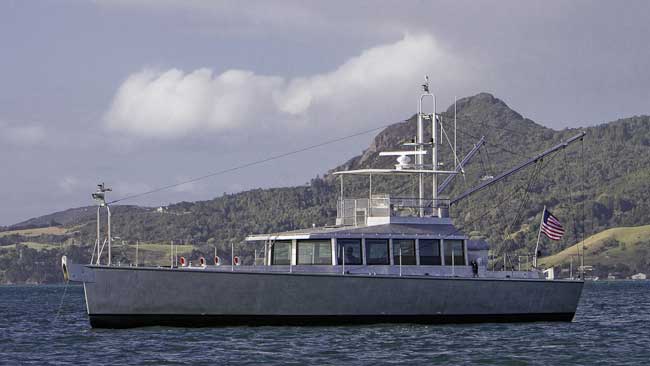The ALBIN 25 ft will happily do well under 1 GPH .
With its old SABB or a more modern engine it is a remarkable boat , with a CPP too.
About $7K - $20K will get a nice one on a trailer if you wish
6K would be top speed , but much of the loop is speed restricted to 10Klicks , which is about 6K so there would be no increase in transit times.
BEST !!!! of all these boats remain popular , so with a bit of elbow grease (paint sells the boat) you can have the boaters dream,
A Zero Round Trip.
What you buy it for can easily match what you sell it for.
Purchase in "Gods Waiting Room ,Florida" , use it till you drop and take it to the North East , and it would be very hard to loose.
Good Hunting,
Welcome to the ALBIN 25 Site
www.albin25.eu/
The European
Albin 25 Ressource Website. ... DIDO
Albin 25 AK. This is DIDO, a pocket
trawler form the 1970s, our mobile home on the water during summer.
Albin 25 History - Albineers of BC
www.albinbc.com/home/
albin-
25-history
Of the 2,000
Albin 25s built, many are still doing sterling service, including the 1973 Kie-Lou, whose owners are satisfied they went for something Scandinavian ...






